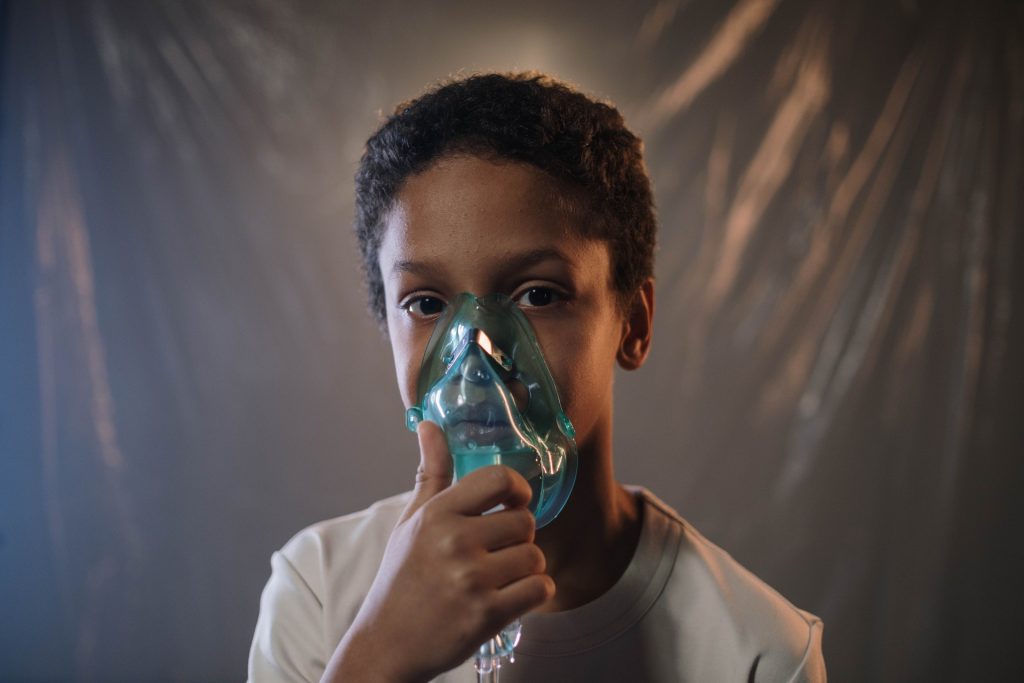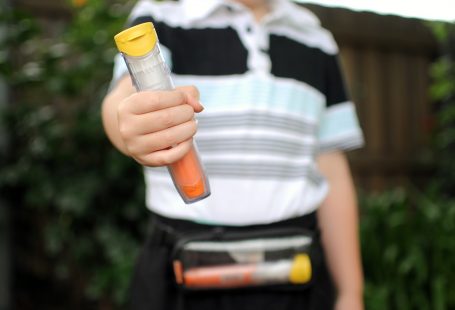Asthma is a disease that affects the lungs and is one of the most common long-term diseases in children, though adults can have it too. Asthma symptoms include wheezing, breathlessness, chest tightness, and coughing bouts early in the morning or at night. There are various safety considerations for asthma one can take in their home and in their everyday life.
Safety considerations for asthma in the home
There are various asthma triggers that can exist in your home. Fortunately, many of these can be addressed and mitigated, helping you to reduce asthma symptoms.
1. Tobacco smoke
It’s harmful for anyone to breathe in cigarette smoke, especially for those with asthma, so a household with members who have asthma should be a smoke-free zone. If you have asthma and smoke, you should quit, and if one of your family members does, encourage them to quit.
2. Dust mites, pet dander and pests
Dust mites are small bugs and an allergen that can trigger asthma attacks. Using allergen-proof mattress and pillow covers, washing your bedding weekly, and vacuuming your floors regularly can help to reduce attacks.
Similarly, pests like roaches and mice are another trigger that can be found where food isn’t cleaned up properly, so make it a point clean up messes, close trash tightly, and keep food stored securely. Pet dander in the air may also trigger asthma, so if you have a pet that’s aggravating your condition, you may need to consider rehoming them.
3. Mold
Breathing in mold can trigger an asthma attack even if you don’t have a mold allergy. Mold is often found in wet and damp spaces like bathrooms, kitchens, and basements, as well as areas that have sustained water damage. Cleaning up and getting rid of mold in a timely manner can help to reduce attacks.
4. Cleaning and disinfectant products
It might seem counterintuitive since it is important to maintain a clean home if you have asthma, but harsh products can also aggravate your condition. Avoid overusing and mixing products, as well as those with fragrances, wear protective gear and goggles, and leave a window open for ventilation. If you’re unsure about a product’s safety, check to see if it’s certified by the EPA Safer Choice program.

Asthma safety considerations for outside the home
Similarly, there are asthma safety considerations you should take outside your home as you live your every day life.
1. Carry a medical ID
Wearing a medical ID is an excellent way to ensure medical responders are aware of your condition if you have a medical emergency and are unable to communicate it to them. A bracelet or necklace can include pertinent details like your name, condition, and medications on it.
2. Avoid prolonged periods of time outdoors in bad weather
Exercising or spending extended time outdoors in bad weather such as during thunderstorms, high humidity or in cold, dry air can trigger an asthma attack.
3. Outdoor air pollution
Outdoor air pollution from sources like factories, wildfire smoke, or cars can create small particles that can bring on asthma attacks if you breathe in too much of them. Paying attention to air quality forecasts can help you plan when you should stay indoors. Similarly, while it’s not a source of pollution, allergens like pollen can also trigger asthma attacks.
Educate yourself on how to prevent asthma attacks
As mentioned earlier, there are steps you can take to prevent asthma attacks.
1. Start avoiding asthma triggers
The primary method for controlling asthma is to avoid triggers. When it comes to how to avoid asthma triggers, you can start by maintaining a clean house to avoid common allergens, avoiding secondhand cigarette smoke, and being aware of outdoor pollution forecasts so you know when it’s best to stay indoors.
2. Take your medications as prescribed
Your doctor knows best when it comes to managing asthma. One way to help manage asthma is to heed their advice and take any medications as directed, even if you’re feeling fine.
3. Stay up-to-date on your vaccinations
Get all recommended vaccines, as respiratory infections (such as the flu and COVID-19) can trigger asthma attacks and make symptoms worse.
Key takeaways on how to reduce asthma symptoms & control asthma attacks
In sum, living with asthma is incredibly common and can pose additional daily challenges. However, you can take steps to control asthma attacks and improve your overall quality of life.
Frequently Asked Questions
Is there any effective natural treatment of asthma?
While treatments like breathing remedies and herbal teas have been said to potentially relieve asthma symptoms, research is lacking and medical experts are more likely to recommend medical treatments such as inhalers.
What should I avoid if I have asthma?
If you have asthma, you should avoid bad outdoor air pollution days, home allergens, cigarette smoke, and other common triggers.
Is exercise good for asthma?
People with asthma should still exercise as part of an overall healthy lifestyle. However, you should consult with your doctor to ensure your exercise plan won’t aggravate your symptoms and condition.
Can you reverse asthma?
While asthma is not curable or reversible, it is possible to get symptoms under control to the point that you barely notice them. Avoid common triggers, take your medication as directed, and maintain regular communication with your doctor in an effort to reach this point.
What is worse, COPD or asthma?
Chronic obstructive pulmonary disease (COPD) is known to be more severe than asthma, as it’s even a leading cause of death in the U.S.
Resources
- https://www.cdc.gov/asthma/triggers.html
- https://www.cdc.gov/asthma/faqs.htm#:~:text=Asthma%20is%20a%20disease%20that,or%20early%20in%20the%20morning.
- https://www.cdc.gov/nceh/features/asthmaawareness/index.html
- https://www.mayoclinic.org/diseases-conditions/asthma/in-depth/asthma-treatment/art-20044554
- https://www.unitypoint.org/livewell/article.aspx?id=9836222b-071c-46e7-bc39-c631cdbeeba5
- https://acaai.org/asthma/types-of-asthma/asthma-copd-overlap/
Photo Credit
- Photo by Oleksandr Pidvalnyi
- Photo by cottonbro
- Photo by Luci






